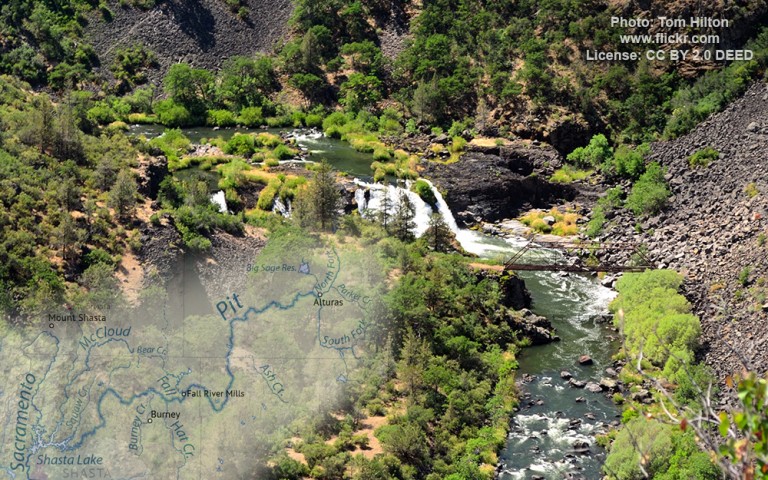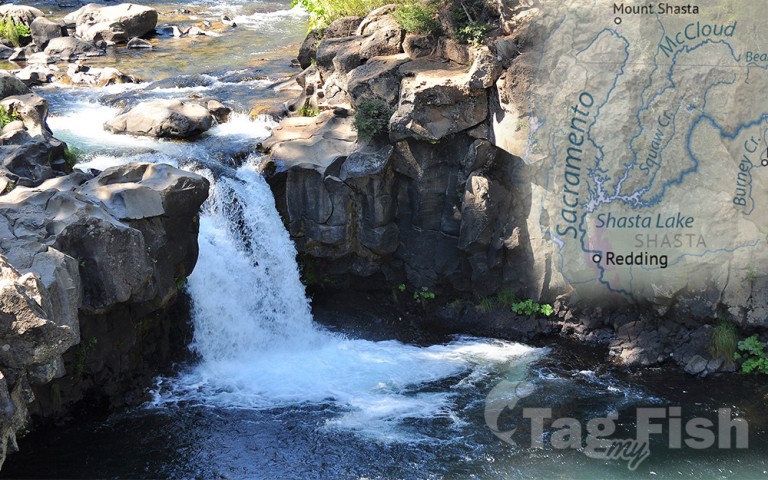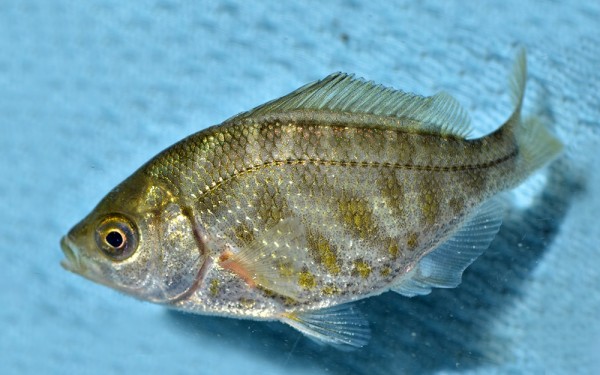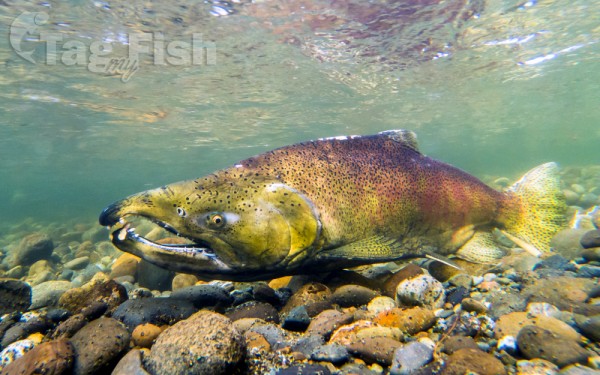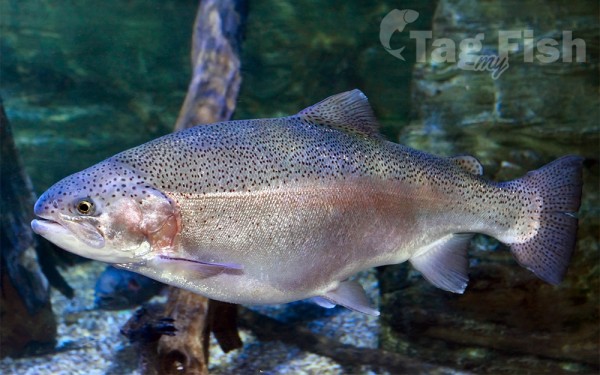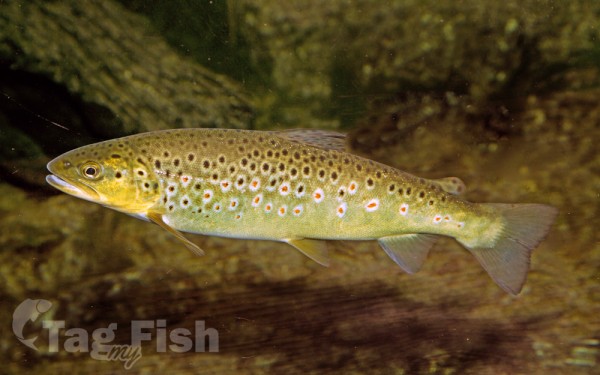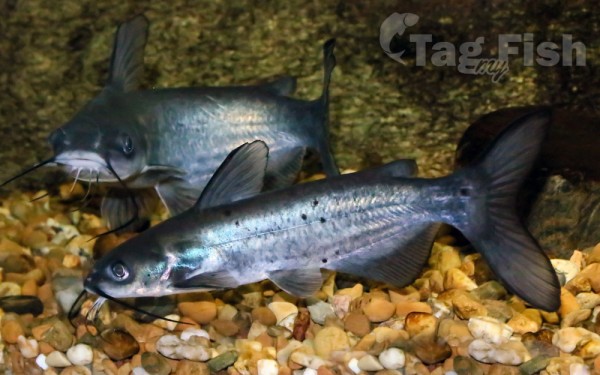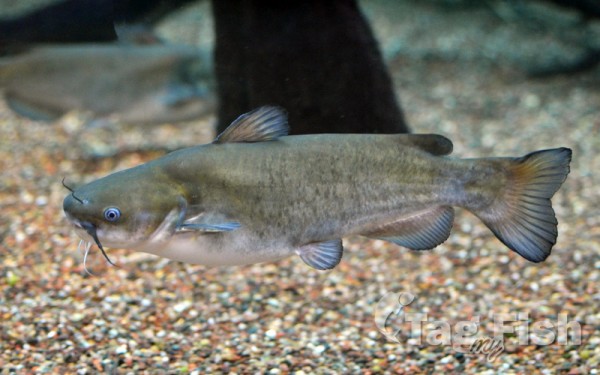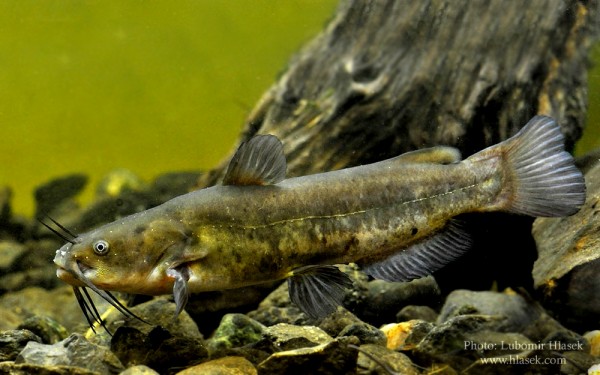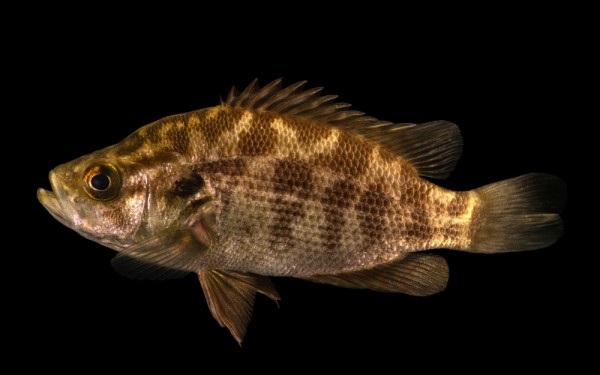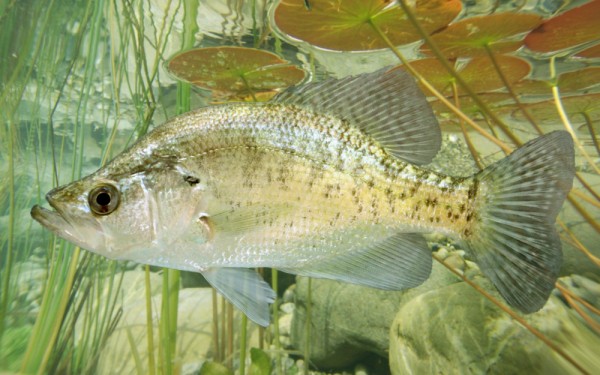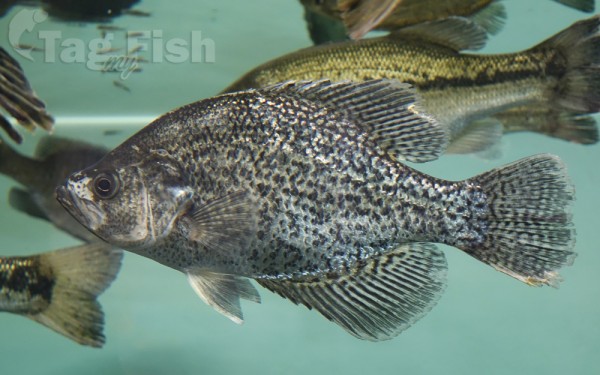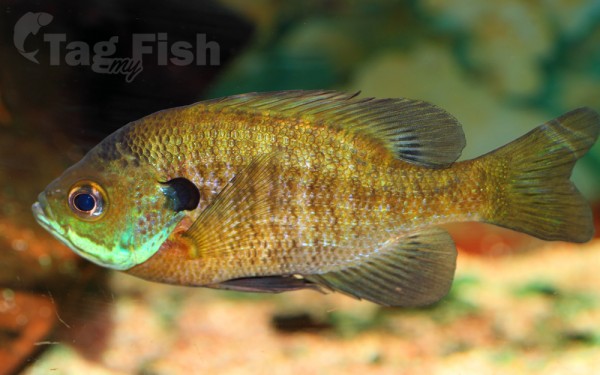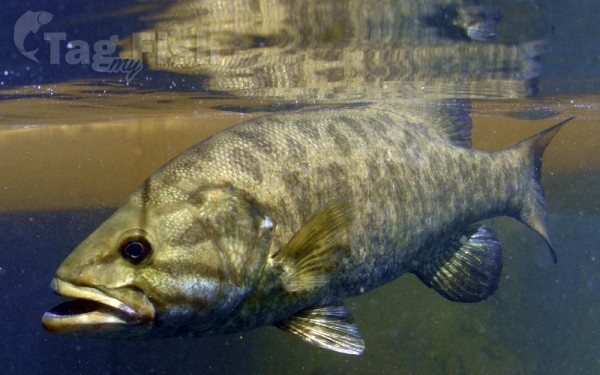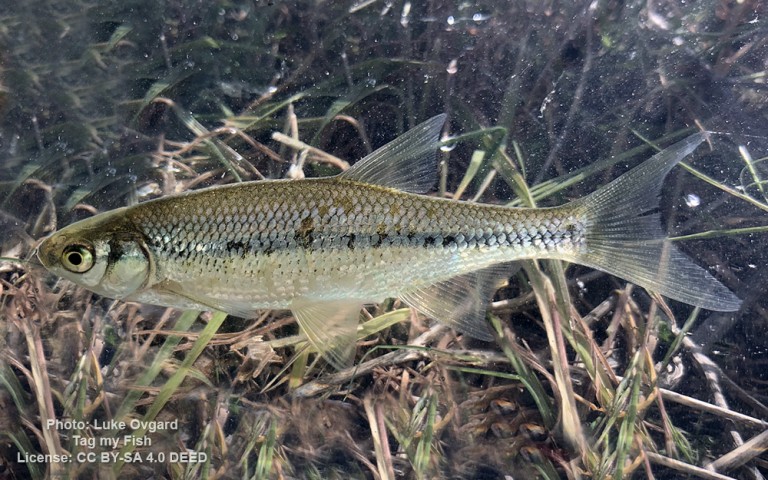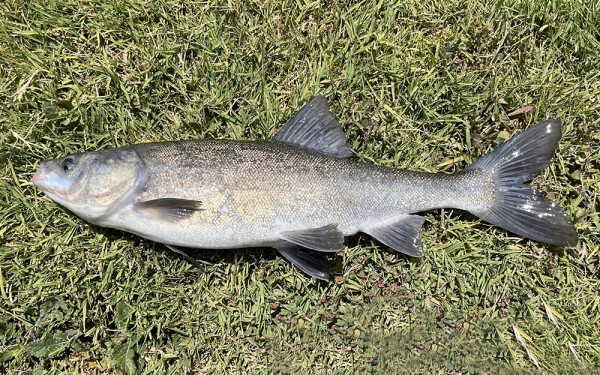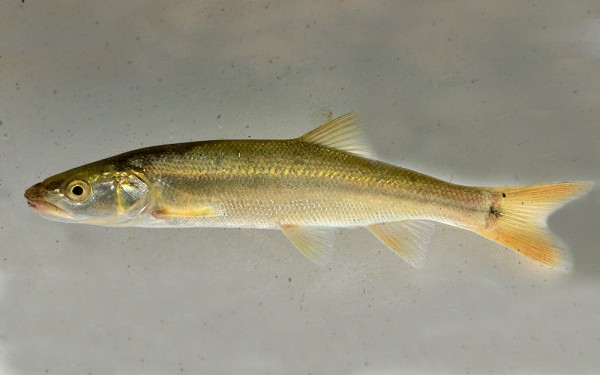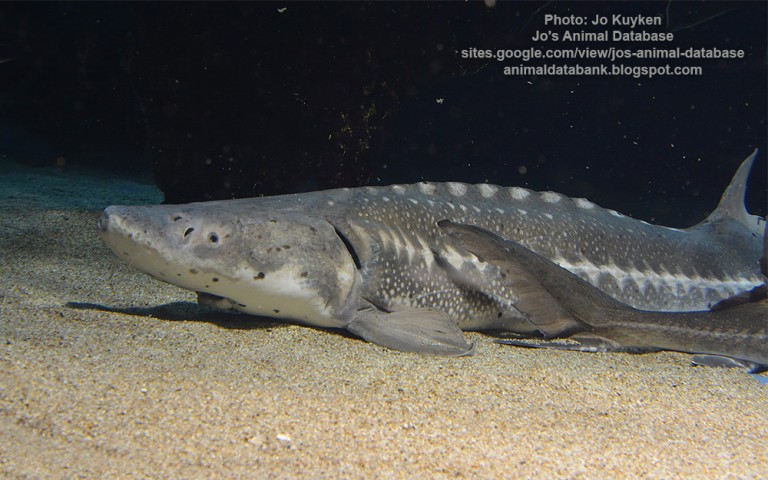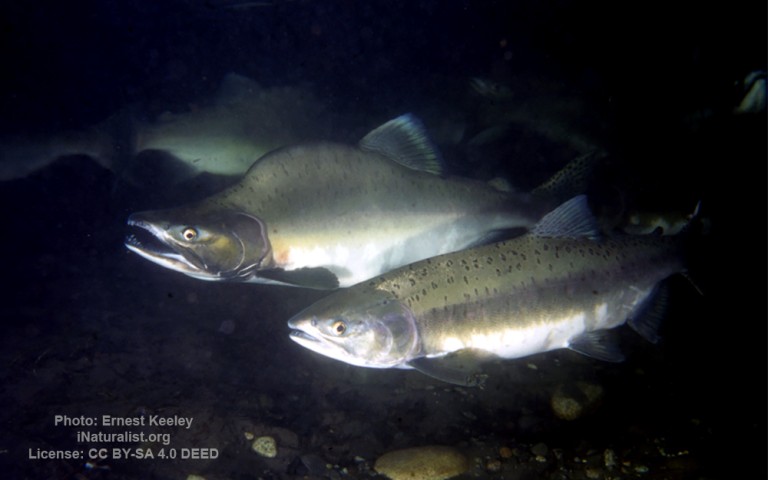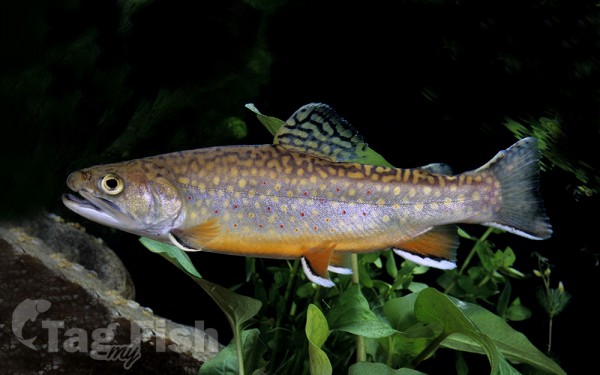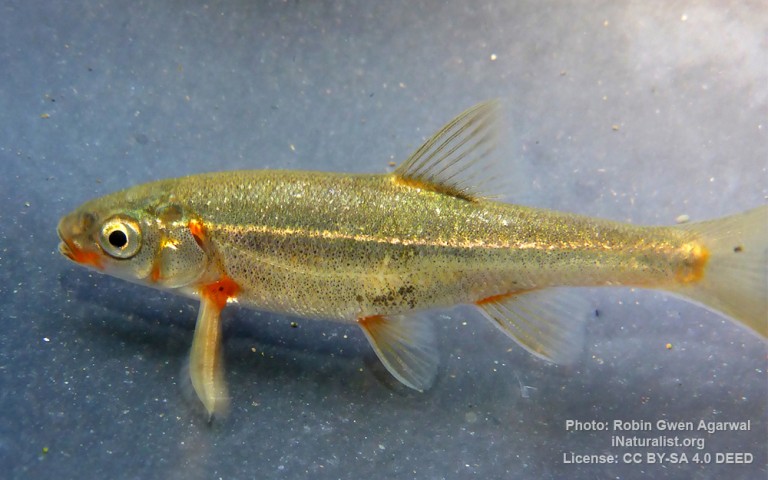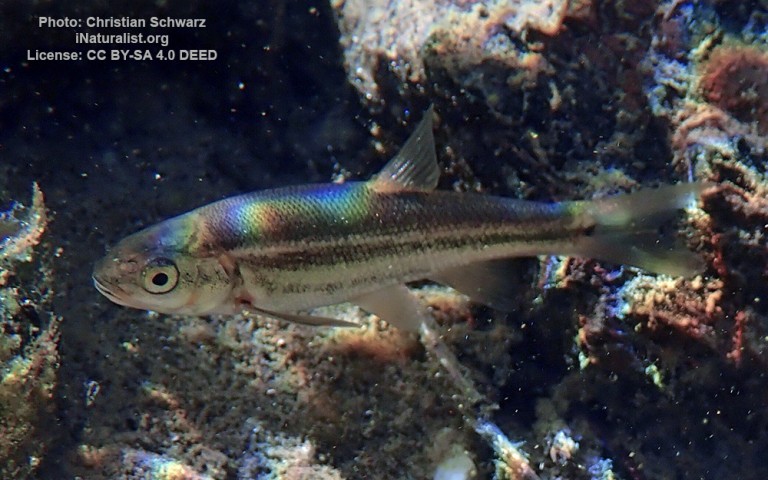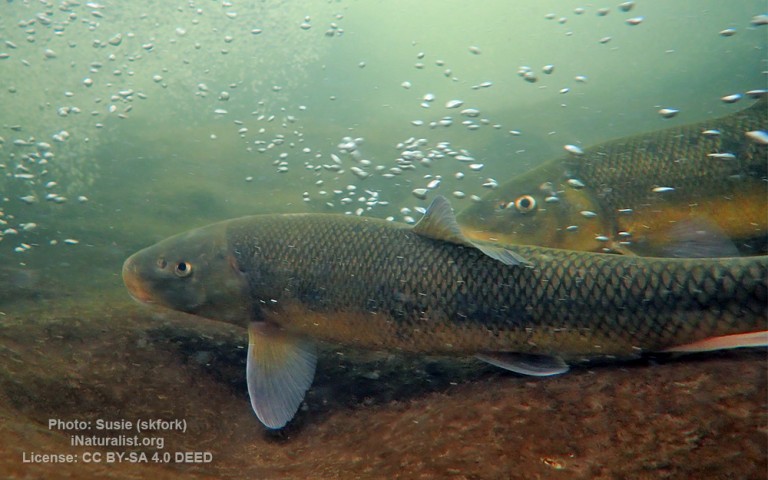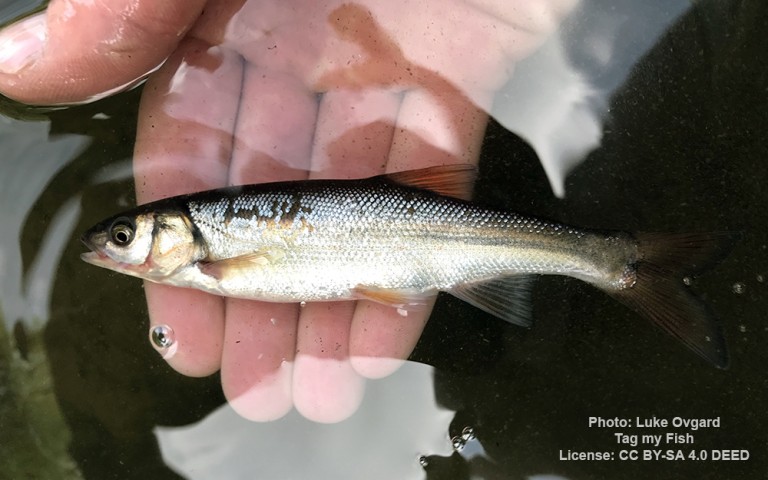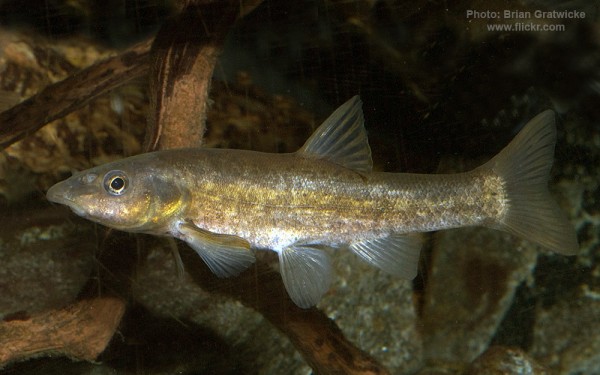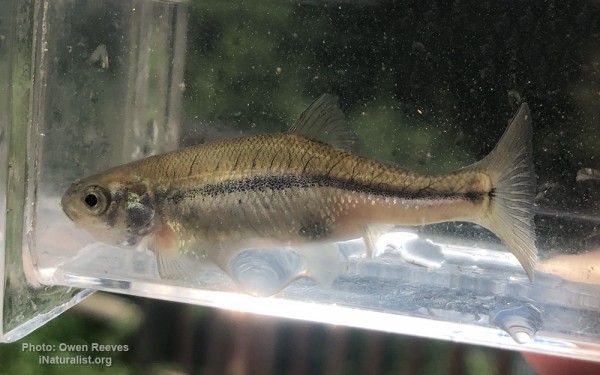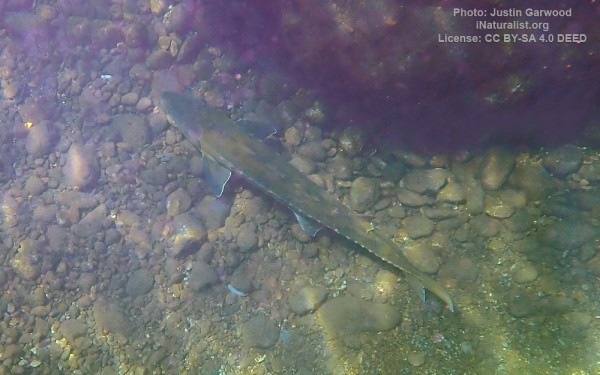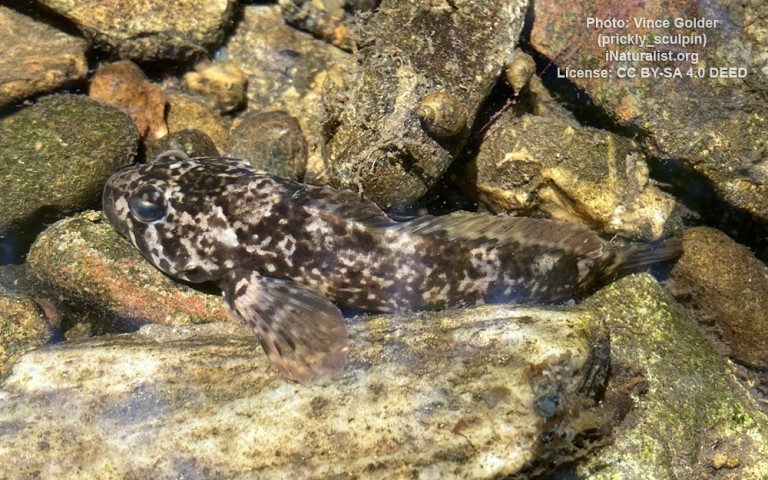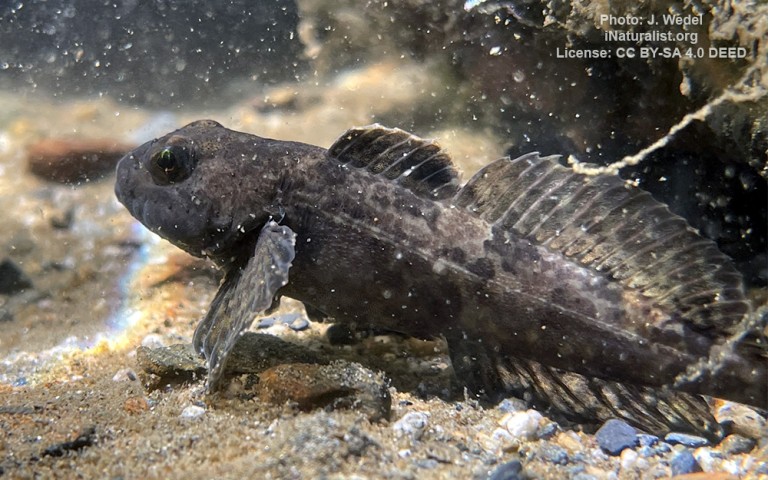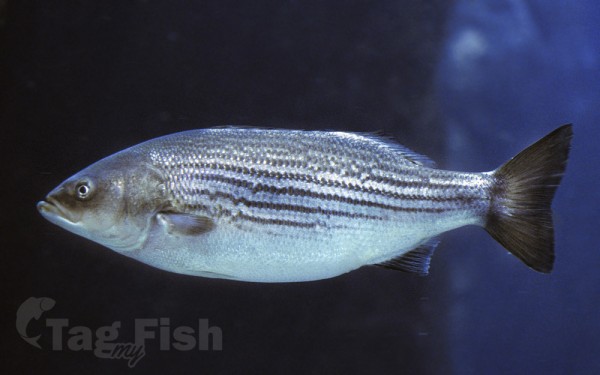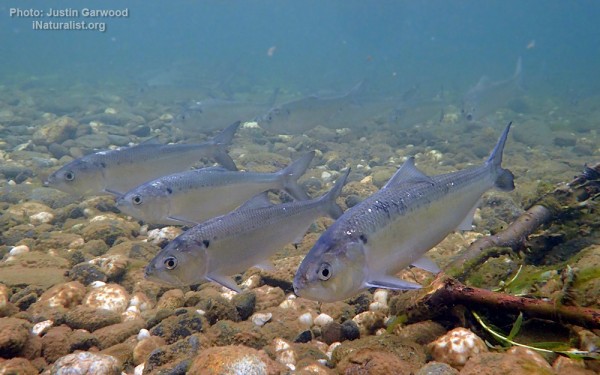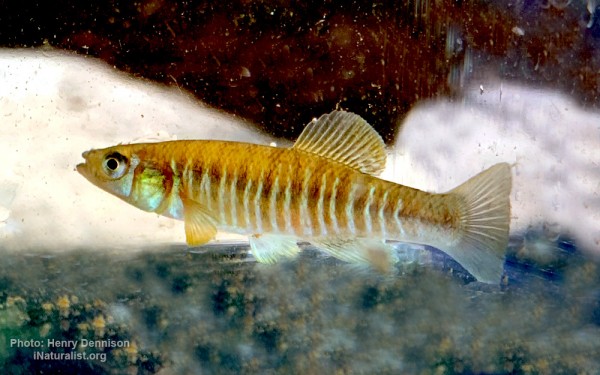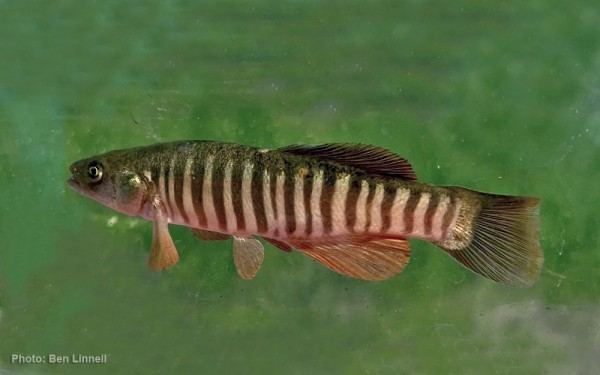Lake Shasta
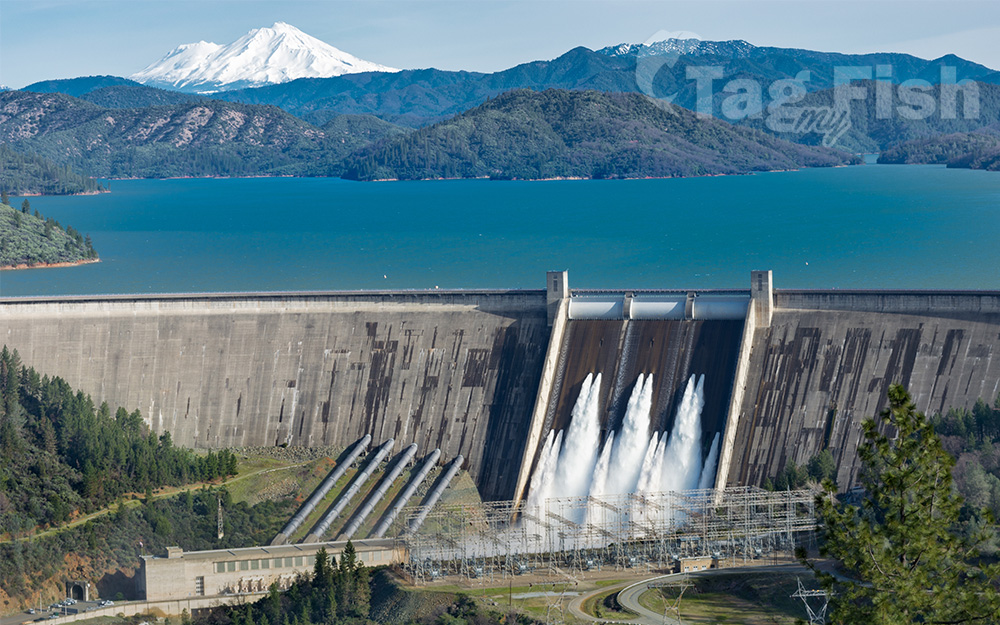
Largest tributaries
Perciformes - Perches
Salmoniformes - Salmons and Trouts
Siluriformes - Catfishes
Centrarchiformes - Basses and sunfishes
Cypriniformes - Carps
Acipenseriformes - Sturgeons and Paddlefish
Perciformes - Perches
Salmoniformes - Salmons and Trouts
Siluriformes - Catfishes
Centrarchiformes - Basses and sunfishes
Cypriniformes - Carps
Acipenseriformes - Sturgeons and Paddlefish
Scorpaeniformes - Mail-cheeked fishes
Moroniformes - Temperate basses
Clupeiformes - Herrings
Cyprinodontiformes - Toothcarps
Perciformes - Perches
Salmoniformes - Salmons and Trouts
Siluriformes - Catfishes
Centrarchiformes - Basses and sunfishes
Cypriniformes - Carps
Acipenseriformes - Sturgeons and Paddlefish
Scorpaeniformes - Mail-cheeked fishes
Moroniformes - Temperate basses
Clupeiformes - Herrings
Cyprinodontiformes - Toothcarps
Shasta Lake, also popularly known as Lake Shasta, is a reservoir in Shasta County, California, United States. It began to store water in 1944 due to the impounding of the Sacramento River by Shasta Dam, the ninth tallest dam in the United States.
Shasta Lake is a key facility of the Central Valley Project and provides flood control for the Sacramento Valley downstream of the dam. Water outflow generates power through the Shasta Powerplant and is subsequently used for irrigation and municipal purposes.
Ten miles (16 km) north of the city of Redding, with the town of Lakehead on its northern shore, Shasta Lake is popular for boating, water skiing, camping, house boating and fishing. Formed by the damming of the Sacramento River, the lake has 365 mi (587 km) of mostly steep mountainous shoreline covered with tall evergreen trees and manzanita. The maximum depth is 517 feet (158 m).
The lake has four major arms, each created by an approaching river: the Sacramento River, the McCloud River, Squaw Creek, and the Pit River. The Sacramento Rivers source is the Klamath Mountains. The McCloud Rivers source is Mount Shasta. The Pit River flows from Alturas, and the waterfall Potem Falls is located on that arm of the lake.
Rainbow Trout, Brown Trout, Salmon: On the McCloud River Arm, trolling from Turntable Bay to Hirz Bay will usually produce some brown trout. The Sacramento River Arm, Dry Fork, Sulanharas Creek and Big Backbone Creek will usually produce some rainbows. Fishing for rainbows is usually good at Shasta Dam when the releases are high. Mooching for Salmon is effective in spring and early summer. Remember that tying to the buoy line is illegal.
During early spring, before the water temperatures start warming up, bank anglers can usually catch rainbows, brown and Chinook salmon in the areas listed above. By late spring and early summer the trout are moving to deeper water for the cooler temperatures (50° to 57° F). Marshmallow and egg combinations and live
minnows, either from the shore or boat, two to three feet below a bobber in the spring or 50´ to 100´ deep in the summer seem to work fairly well. Minnows live longer and have more mobility if they are hooked under the spine in front of the top (dorsal) fin.
Lures that are proven producers are: Thinfins in varying colors, Kastmasters, Rebels, Flatfish in Z-r or X-5, Rapalas, and Z-Rays.
Trolling at depths of 30´ to 70´ is effective. During the summer it is advisable to use a diving plane or down riggers.
Bass fishing on Shasta lake can be good year round. Fishing is best in the spring and early summer. Spotted Bass are the most common, but Smallmouth and Largemouth Bass can also be caught. Plastic worms, spinner baits, swim baits and live bait seem to work best, depending on the time of year.
Catfishing is best during the spring and summer. Anchovies, chicken liver and stink baits are effective. Fishing after sunset is permitted for catfish. Channel Catfish, White Catfish and Bullheads are all found in Shasta Lake.
Crappie can be abundant in some years. Crappie populations cycle dramatically, so check with the California Department of Fish and Game to determine availability. Crappie jigs and minnows work well.
